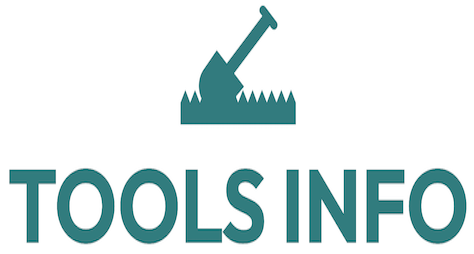Introduction
What is Torque Calibration?
Calibrate Torque Wrenches is the process of adjusting a torque wrench to ensure that it applies the correct amount of force when tightening fasteners. This procedure involves checking the wrench against a known standard to verify accuracy and making necessary adjustments. Proper calibration helps maintain precision, which is critical in applications where the correct torque affects safety, efficiency, and durability.
Why is it Important?
Properly calibrated torque wrenches guarantee that fasteners are tightened to manufacturer specifications, preventing issues such as over-tightening or under-tightening. Incorrect torque can lead to equipment failure, safety hazards, and costly repairs. Therefore, regular torque wrench calibration is essential for maintaining consistent fastening quality and ensuring that tools perform reliably throughout their service life.
Calibrating Torque Wrenches
Tools Required
Before you begin to calibrate torque wrenches, gather the following tools:
- Torque tester or calibration machine
- Calibration certificates (if available)
- Manufacturer’s manual for the torque wrench
- Protective gloves
- Clean workspace
Step-by-Step Process
Follow this procedure for effective torque wrench calibration:
- Set up the torque tester: Ensure the calibration device is correctly installed and zeroed.
- Attach the torque wrench: Secure the wrench to the testing device firmly to prevent any slippage during measurement.
- Apply torque gradually: Slowly apply torque while observing the reading until you reach the torque wrench’s specified range.
- Record readings: Compare the wrench’s measurement with the tester to determine any deviation.
- Adjust if necessary: If the wrench shows inaccurate results, adjust it according to the manufacturer’s guidelines.
- Repeat the test: After adjustment, perform multiple tests to confirm consistent results.
- Document calibration: Maintain records of calibration results and actions taken for future reference.
Common Mistakes to Avoid
- Skipping regular calibration schedules, which can lead to tool inaccuracies.
- Using improper or uncalibrated torque testers, reducing the reliability of results.
- Applying torque too quickly during tests, causing inconsistent measurements.
- Failing to follow the manufacturer’s calibration instructions properly.
- Ignoring environmental factors like temperature, which can affect calibration accuracy.
Benefits of Proper Calibration
Ensures Consistent Fastening
Regularly calibrated torque tools deliver reliable and consistent fastening results. This consistency is vital when working on critical assemblies such as engines, pipelines, or structural components where precise torque prevents leaks, mechanical failures, or unsafe conditions. Using calibrated wrenches helps maintain quality standards and minimizes rework or warranty claims.
Increases Tool Lifespan
Proper calibration not only guarantees accuracy but also preserves the functional integrity of torque wrenches. Regular maintenance and calibration reduce wear and tear, avoiding undue strain caused by inaccurate torque application. This careful upkeep extends the tool’s service life and ensures optimal performance over time.
To understand more about torque wrenches and their working principles, check out this detailed Wikipedia article.
For more insights on maintaining and repairing your tools, visit our comprehensive guide on Tool Maintenance & Repairs.
Frequently Asked Questions
Why is torque wrench calibration necessary?
Calibration ensures accuracy in torque application, preventing damage from over- or under-tightening. It safeguards equipment integrity, enhances safety, and maintains consistent operational standards.
How often should torque wrenches be calibrated?
Calibration frequency depends on tool usage and manufacturer recommendations but typically occurs every 6 to 12 months or after about 5,000 cycles. Frequent use or harsh conditions might require more regular checks.
Can I calibrate my torque wrench at home?
While simple checks can be done at home, precise calibration requires specialized torque testers and expertise. It’s advisable to have torque wrenches professionally calibrated to ensure accuracy and traceability.
Maintaining the accuracy of your torque tools is essential for reliable fastening in any application. To keep your equipment performing at its best, make sure to calibrate torque wrenches regularly and follow recommended practices.
